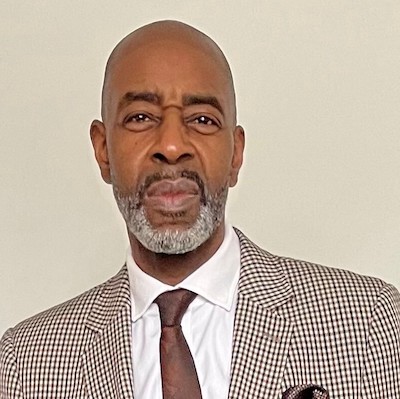If we were to do a poll of the steps most likely to be taken by businesses to address an equality challenge, I would guess that unconscious bias/cultural awareness training, graduate recruitment and having a related employee resource group would come somewhere near the top. I’m right, aren’t I?
The irony is that these steps on their own are amongst the least effective to advance DEI.
That’s not to say they aren’t important - they are. But they shouldn’t be at the top of your list, and here’s why:
The most effective action in order to drive an equality strand forward in an organization is Executive Sponsorship and securing that should be the number one priority for HR leads.
 Very occasionally the most senior executive in the organization themselves takes the lead, as with Jeremy Darroch at Sky (who did so regarding Black Lives Matter), and decides that their business will stand up, full square, and be counted on when it comes to advancing DEI, and then everyone else falls in behind.
Very occasionally the most senior executive in the organization themselves takes the lead, as with Jeremy Darroch at Sky (who did so regarding Black Lives Matter), and decides that their business will stand up, full square, and be counted on when it comes to advancing DEI, and then everyone else falls in behind.
Mostly though, it’s HR or DEI leads, or affected individuals via them, that have to manage up and persuade the C-suite that this is something that they are prepared to put their name and their fulsome influence to.
So how is that done, to get a busy executive to dedicate some of their extremely valuable time and limited headroom?
The first would be by articulating the social justice rationale, the fact that it’s the right thing to do, to address a longstanding societal wrong, can be effective if it is pitched right. Sometimes, transformational movements (such as #MeToo on the sexual exploitation of women and Black Lives Matter on race inequity) create a window of opportunity to get the most senior leadership engaged.
This engagement can be for the right reasons or it could be because they cannot be seen not to, but at the end of the day the ‘how we got there’ doesn’t really matter, it’s more important for them to be on board.
 Another would be by espousing the business case for DEI. This is as it sounds about being able to demonstrate the measurable business benefits to leadership of getting behind the initiative or strategy.
Another would be by espousing the business case for DEI. This is as it sounds about being able to demonstrate the measurable business benefits to leadership of getting behind the initiative or strategy.
Whether this be about access to the widest pool of talent, avoiding the groupthink that has been implicated in a number of major corporate failures, or being better placed to deal with today’s global and interconnected nature of trade, a narrative of this kind can be effective.
McKinsey is often quoted for reporting that companies that embrace two-dimensional diversity are more profitable, for example.
 I would like to add another channel for getting that senior buy-in, and one that is not often talked about, but maybe at least as effective as the others, and that’s helping the CEO to see how the issue affects those people from the relevant minority that are already working in the business (however few their number).
I would like to add another channel for getting that senior buy-in, and one that is not often talked about, but maybe at least as effective as the others, and that’s helping the CEO to see how the issue affects those people from the relevant minority that are already working in the business (however few their number).
If we assume that most leaders care about the people that work for them, and I think we can do that, then helping them realize that there are those in their care who are quietly suffering because of a structural inequity that manifests within their organization, can be the most powerful driver for change of all.
So here are my five top tips to supercharge your DEI journey:
| 1. Start with the data. We’re not just talking headcount, but a real deep dive to really understand where you are starting from, to help you identify the right solutions for your business rather than a cookie-cutter approach. |
| 2. Get that champion! Having a board level or C-suite sponsor will add heft to your efforts. |
| 3. A guiding document. Now it doesn’t matter what this is called in your organization, a strategy or a plan, it’s the existence of one that matters. Formulate and agree what you want to do about DEI (or specific strand of), with deliverables and targets, and publish that document (internally only is fine) to help commit the business to following through on your delivery. |
| 4. Act fast and act consistently. Once you’ve decided what you want to do, the important thing is that you get on and do it, so that people start to see and feel the difference. The previous steps are all a precursor to this, it’s the activity and changes made that you will ultimately be judged on. |
| 5. Communicate. Don’t assume that people will automatically know of all the new initiatives that you have put in place to advance DEI. Be proactive in communicating your DEI initiatives and all the programs that are available. |
In order to be the catalyst for real change, HR needs to be the one to facilitate the changes needed in an organization, but as I mentioned above, the best way to drive priorities forward is for it to sit at an executive level. DEI often sits with HR, but I believe that the way forward is for our DEI leaders to step out of their HR box, and into the executive box, to drive sustainable change in the field of DEI.
It starts with the push to be seen and heard at the executive level, which is what I hope this article has helped you achieve.

 Tunde Banjoko
Tunde Banjoko



